Worm Gearbox for Conveyor Systems
A worm gearbox is a key component in conveyor systems, offering a range of benefits that enhance efficiency and productivity. This article will delve into the basics of worm gearboxes, highlighting their importance in industrial and mechanical applications, especially in conveyor systems.
Worm Gearbox: Basic Concepts and Importance
A worm gearbox, also known as worm drive, is a compactly designed gear system primarily used to achieve high torque output while maintaining minimal noise and vibration. Its unique mechanism, which involves the engagement between a worm (a screw-like structure) and a worm gear (a gear similar to a spur gear), allows for a smooth and silent transmission of power.
Worm gearboxes are of paramount importance in several industrial and mechanical applications. They are especially crucial in conveyor systems where they regulate the speed and movement of the conveyor belts, ensuring efficient operation.
Working Principle of a Worm Gear Reducer
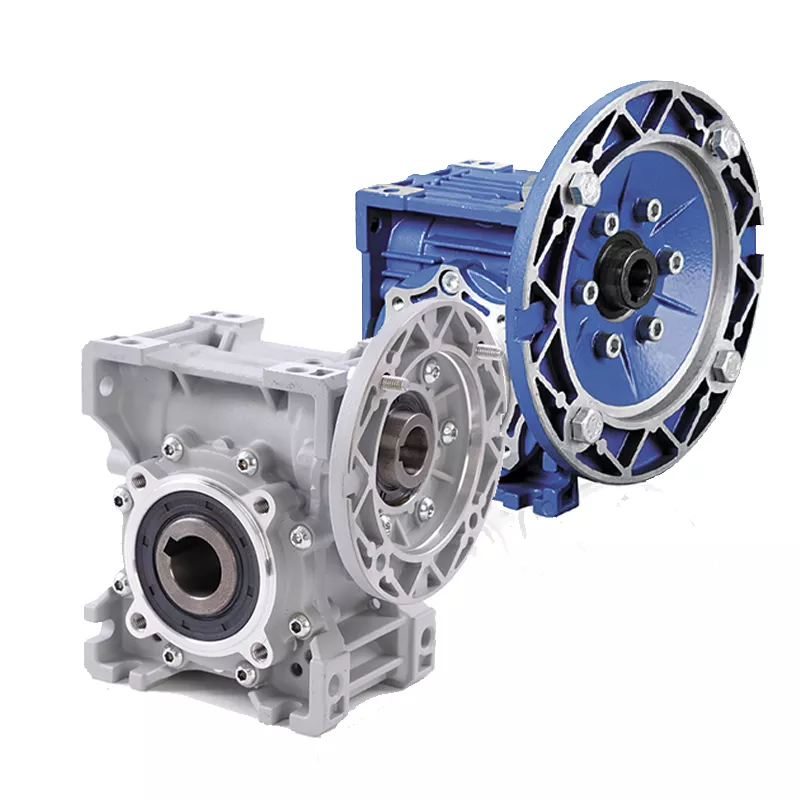
The working principle of a worm gear reducer revolves around the interaction between a worm and a worm gear. The worm, which is the driving component, meshes with the teeth on the worm gear, causing it to rotate. This rotation is then transferred to the output shaft, triggering movement or operation in the machinery.
The worm’s helical threads engage with the teeth of the worm gear, enabling a large transmission ratio in a single stage. This mechanism allows for a slow input speed from the motor to be converted into a high torque output, making worm gear reducers ideal for conveyor systems that require controlled, steady movement.
Basic Structure and Components of a Worm Gearbox
A worm gearbox is composed of several key components that work synergistically to facilitate its operation:
Worm:
The worm is the primary driving component in a worm gearbox. It is typically a screw-like structure with helical threads that engage with the teeth of the worm gear.
Worm Gear:
The worm gear is the driven component that meshes with the worm. It rotates when the worm turns, transferring this motion to the output shaft.
Input Shaft:
The input shaft connects to the worm and is usually driven by a motor. The rotation of the input shaft causes the worm to turn, initiating the gear mechanism.
Output Shaft:
The output shaft connects to the worm gear. The rotation of the worm gear is transferred to the output shaft, driving the operation of the machinery.
Why Worm Gearbox is Suitable for Conveyor Systems
Worm gearboxes are exceptionally suited for conveyor systems due to the following reasons:
High Torque Output:
Worm gearboxes can generate high torque output, making them ideal for conveyor systems that require strong, steady movement.
Smooth Operation:
Thanks to their unique gear mechanism, worm gearboxes ensure smooth and silent operation, minimizing noise and vibration in the conveyor system.
Speed Regulation:
Worm gearboxes can effectively regulate the speed of conveyor belts, ensuring efficient and controlled operation.
Durability:
Built with robust materials, worm gearboxes are highly durable and can withstand the demanding conditions of conveyor systems.
Compact Design:
With their compact design, worm gearboxes can be easily integrated into conveyor systems without requiring much space.
Characteristics and Advantages of a Worm Gear Motor
A worm gear motor is a type of motor that is specially designed to drive a worm gearbox. It offers several characteristics and advantages:
Efficiency:
Worm gear motors are highly efficient, offering high torque output while consuming minimal energy.
Reliability:
With their robust construction and design, worm gear motors are highly reliable and can operate effectively under challenging conditions.
Versatility:
Given their compact design and high torque output, worm gear motors are versatile and can be used in a wide range of applications, including conveyor systems.
Low Maintenance:

Worm gear motors require minimal maintenance, reducing operational costs and downtime.
Noise Reduction:
Due to their unique gear mechanism, worm gear motors operate silently, minimizing noise pollution.
Choosing the Right Worm Reducer for Conveyor Systems
When selecting a worm reducer for conveyor systems, several factors need to be considered:
Torque Requirements:
You should determine the torque requirements of your conveyor system to ensure the worm reducer can deliver the necessary power.
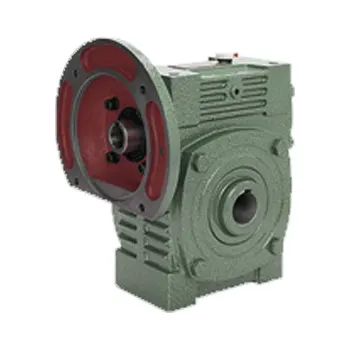
Operating Conditions:
The environmental and operational conditions in which the conveyor system will be working can influence the type of worm reducer required.
Size Constraints:
Ensure the worm reducer fits within the physical space constraints of your conveyor system.
Efficiency:
Consider the efficiency of the worm reducer, as this can impact the overall efficiency of your conveyor system.
Cost:
Cost is always a factor to consider. Ensure the worm reducer offers value for money, taking into account its performance, durability, and maintenance requirements.
Motors for Worm Gear Reducers
Motor and worm gear reducer complement each other in realizing the effective operation of a conveyor system. The motor powers the worm, which in turn drives the worm gear, resulting in the desired motion or operation. Worm gear reducers and motors are essential to the optimal performance of conveyor systems. We also provide electric motors specifically designed for worm gearboxes.
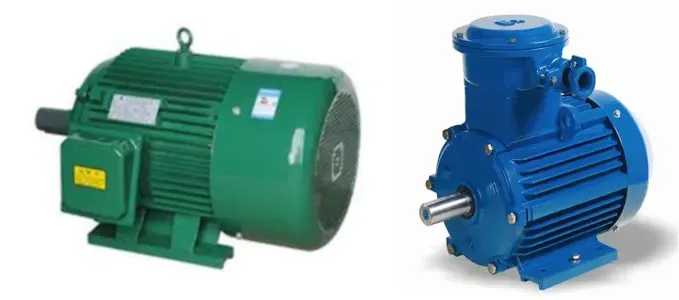
Experience the Excellence of Our Worm Gearboxes
We are a leading manufacturer of transmission equipment, specializing in the production of high-quality worm gearboxes. With over 15 years of experience, we serve customers across Europe, America, Africa, and Asia, and have earned a strong reputation for our superior products and services.
Our worm gearboxes are designed and manufactured to the highest standards, using advanced production equipment and rigorous quality control measures. They offer high efficiency, stability, and durability, making them ideal for a wide range of applications, including conveyor systems.
We encourage you to explore our product range and see for yourself the difference our worm gearboxes can make to your conveyor systems. Contact us today for more information or to place your order.
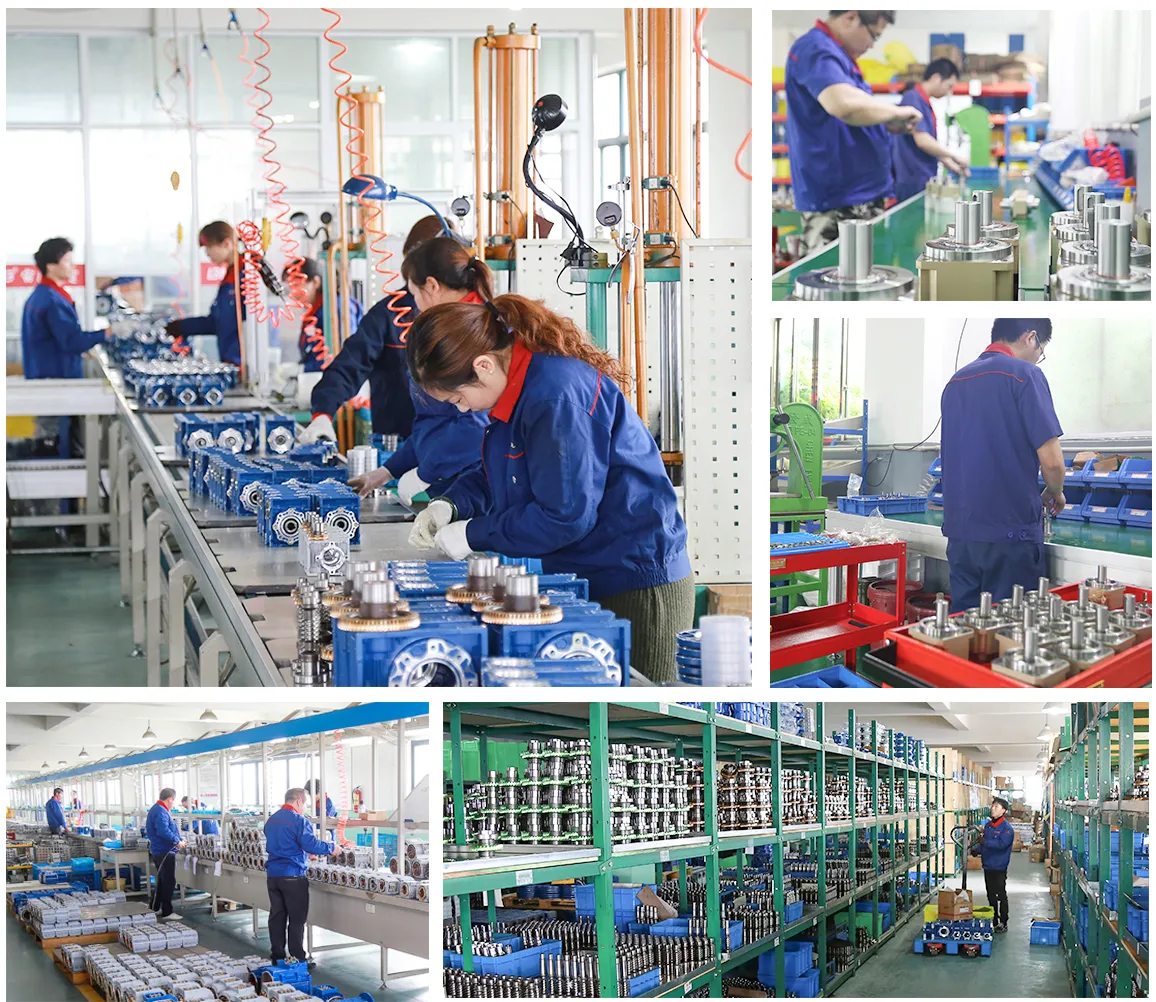
FAQs
Q: What is a worm gearbox and how does it work?
A: A worm gearbox is a gear system that uses a worm (a screw-like structure) and a worm gear (similar to a spur gear) to achieve high torque output. The worm, driven by a motor, meshes with the worm gear, causing it to rotate. This rotation is then transferred to the output shaft, triggering movement or operation in the machinery.
Q: Why are worm gearboxes suitable for conveyor systems?
A: Worm gearboxes are suitable for conveyor systems due to their high torque output, smooth and silent operation, ability to regulate speed, durability, and compact design.
Q: How do I choose the right worm reducer for my conveyor system?
A: When choosing a worm reducer, consider factors such as torque requirements, operating conditions, size constraints, efficiency, and cost.
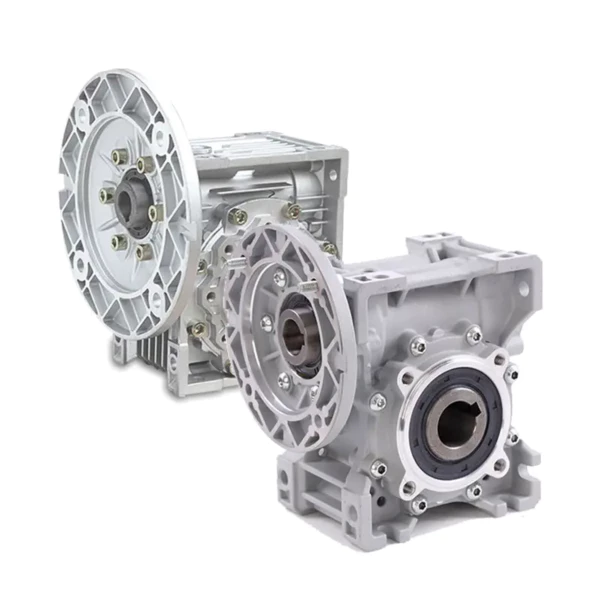
Edited by Zqq.
